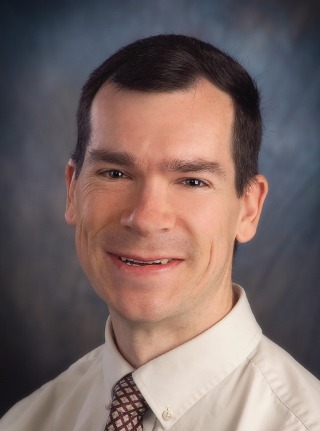These Guidelines Will Help Your Kids Have a Healthy School Year

With the school season approaching, many parents (and even some students) are excited about returning to a regular routine and opportunities to learn and grow. In pediatrics, other than avoiding infectious disease (try not to bite your nails, pick your nose or touch your eyes/nose/mouth without washing your hands), here are two topics to consider to keep your child healthy this school year:
Sleep: This is a challenge for all ages. New guidelines published this summer by the American Academy of Sleep Medicine (AASM), in “Recommended Amount of Sleep for Pediatric Populations: A Consensus Statement” break down the recommended hours by age:
- Ages 4-12 months: 12-16 hours (including naps)
- Ages 1-2 years: 11-14 hours (including naps)
- Ages 3-5 years: 10-13 hours (including naps)
- Age 6-12 years: 9-12 hours
- Age 13-18 years: 8-10 hours
Not all children take naps, but parents sometimes wish they could! And what about sleep for adults? The ASSM recommends “seven or more hours per night on a regular basis to promote optimal health.”
What if you don’t sleep enough? The AASM asserts: “Regularly sleeping fewer than the number of recommended hours is associated with attention, behavior, and learning problems. Insufficient sleep also increases the risk of accidents, injuries, hypertension, obesity, diabetes, and depression. Insufficient sleep in teenagers is associated with increased risk of self-harm, suicidal thoughts, and suicide attempts.”
Sleeping too much can lead to potential health risks as well: “Regularly sleeping more than the recommended hours may be associated with adverse health outcomes such as hypertension, diabetes, obesity, and mental health problems.”
Although the American Academy of Pediatrics (AAP) recommends school start times of 8:30 a.m. for teenagers (see 2014 AAP policy statement “School Start Times for Adolescents”), in districts where start times are earlier, it is important to ensure home bedtimes are set such that your child can get enough sleep.
Electronic device use: Gone are the days of just limiting TV watching to less than two hours a day, now, children have a variety of electronic media devices to choose from. While summer tends towards extra use of the Xbox, DS, laptop, tablet and cell phone, continued electronic reliance can quickly collide with the demands of schoolwork and extracurricular activities. Here are some recommendations by the AAP.
• Create tech free zones in your home. The dining room table is one example. Eat family meals together whenever possible. Cell phones at mealtime interrupt meaningful conversations between parents and children. And, eating in front of the TV screen can lead to unhealthy eating habits.
• No cell phones, TVs or other electronic devices in bedrooms. This is a tough one. Although it involves a lot of whining and complaining, it is a good recommendation. “Recharge cell phones overnight outside your child’s bedroom.” It’s amazing how many teens I have seen in clinic with interrupted sleep at 2 a.m. or 3 a.m. due to cell phones that were not silenced on the nightstand or put under the pillow. A cell phone is a tool, and tools can be put away at the end of the day.
• Be aware of what your child is doing online. Any device connected to the internet has potential to be used for good or for evil. This applies as much to the elementary-aged child chatting with an unknown player on a Minecraft server as to the teen on Instagram. “Online relationships are integral to adolescent development” says the AAP, but “sexting or posting self-harm images” is a signal that other issues are at hand. The AAP suggests to “ask teens to demonstrate what they are doing online to help you understand both content and context.” Keep communication open, set a good example of media use yourself, and teach appropriate behaviors that apply both on- and off-line. On-line is real life, too, and it has a far deeper memory than we do.
• Cyberbullying. Bullying has many forms, and is no longer limited to “verbal hostility, physical fighting, damaging property” and “coercing peers” (see “Combination of Face-To-Face and Online Bullying May Pack a Powerful Punch,” AAP 4/30/16). Studies have shown that “victims of peer aggression are at greater risk of victimizing others,” becoming bullies themselves. Sometimes more than the school needs to be notified. The article “Cyberbullying” states “Call the police if the situation seems to place your child in serious danger with a significant threat, or the other parent will not help you.” More information can be found at stopbullying.gov.About The Author

Dr. Jeffery Mulert is a pediatrician at St. Luke's Magic Valley.

